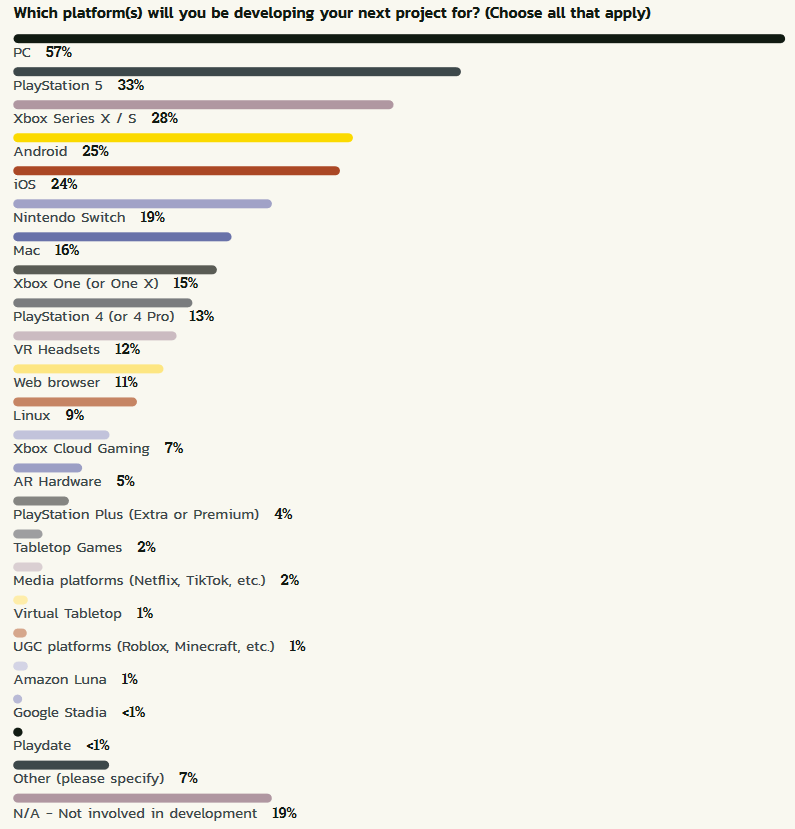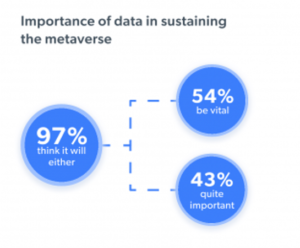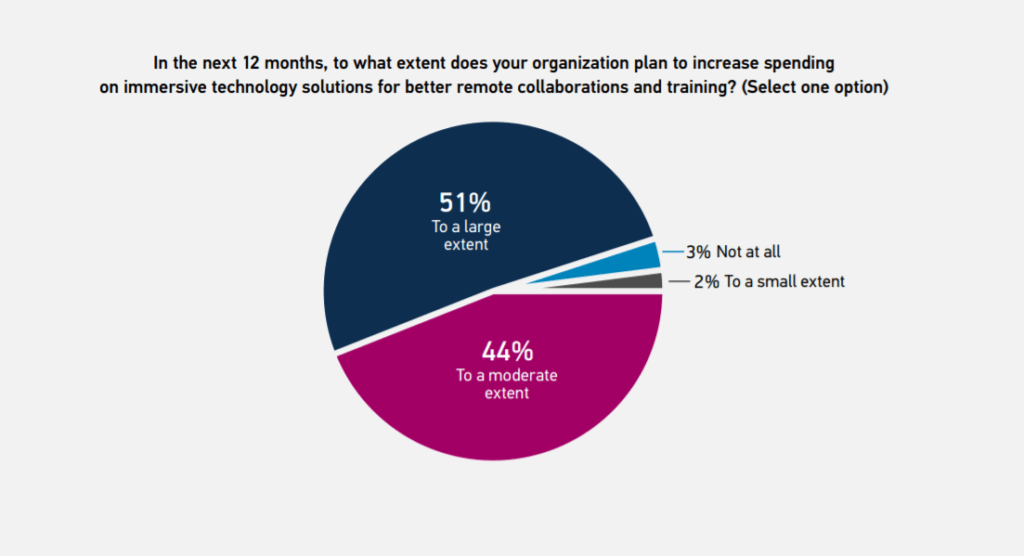“The Future of Business Travel” Report by Booking.com Gives Metaverse Predictions
The metaverse can be summed up as the augmented world. So, naturally, it has implications for travel. How and when people travel may both seriously change as spatial communication and digital twins make some kinds of travel less likely, while AR and automation reimagine the travel that we do engage in. A report by Booking.com for Business, titled “The Future of Business Travel” explores the next 30 years of travel. AR and Space Hotels The report begins with “A Timeline of Future Business Travel Predictions.” To the potential dismay of augmented reality enthusiasts, the report puts AR in 2027 – the same year as “space hotels”. The report acknowledges existing AR use cases including augmenting areas with contextual information. However, the authors are waiting for something better. .ueea79c34cc93012709802bc574a8f92b { padding:0px; margin: 0; padding-top:1em!important; padding-bottom:1em!important; width:100%; display: block; font-weight:bold; background-color:#FFFFFF; border:0!important; border-left:4px solid #E74C3C!important; box-shadow: 0 1px 2px rgba(0, 0,






